How using sustainable materials can help you cut back on costs
At first glance, using sustainable materials might seem more costly than the traditional concrete, steel, and timber we’ve been using for decades. Sometimes the greener options may be more expensive but investing in them can save you money long term. Not to mention the good it does the environment too.
What are sustainable materials?
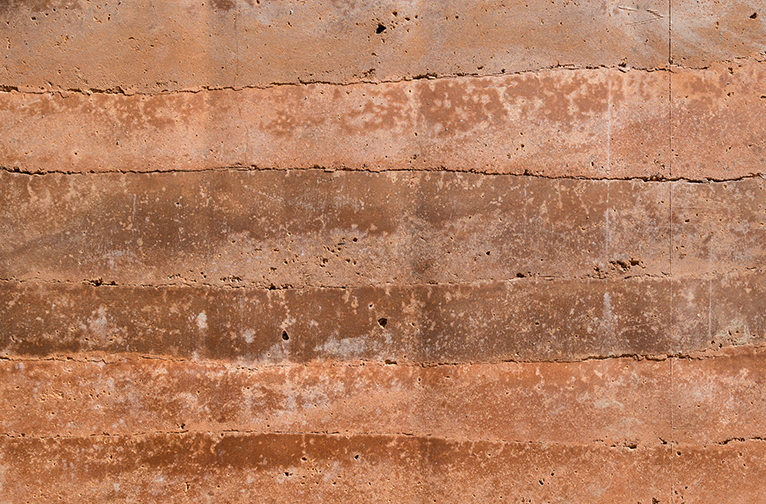
Sustainable materials are basically substances created from renewable resources that don’t harm the environment (or limit the damage as much as possible).
There are a huge number of sustainable materials to choose from, and each has its own pros and cons. These three, for example, are “green” materials for building and renovation:
- Rammed earth walls — Constructing walls, floors, and foundations with natural materials, including gravel, chalk, earth, or lime. This technique has been used for thousands of years and works just as well in 2021. It’s a great method of cutting down on waste and giving buildings a unique look.
- Mushroom-based building materials — This probably comes as a surprise, but mushroom roots (made up of a fungus called mycelium) are great for insulation, and even creating bricks. Producing mushroom-based building material cuts down drastically on waste and carbon emissions.
- Sustainable wood materials — Sure, using wood is generally better than using materials like concrete, but some types of wood are more sustainable than others. For example, many people don’t know that you can use bark in construction — bark taken from trees that are already felled, that is. The bark is sterilised and dried to make it durable so you can use it as siding.
Using sustainable materials in construction and renovation is really a no-brainer. You look after the environment while working towards a more efficient and cost-effective production process. Some people find the idea of sustainable materials hard to grasp and assume that going green is expensive and complicated. It’ll come as a pleasant surprise then that becoming more environmentally friendly can save you money.
The financial perks of using sustainable materials
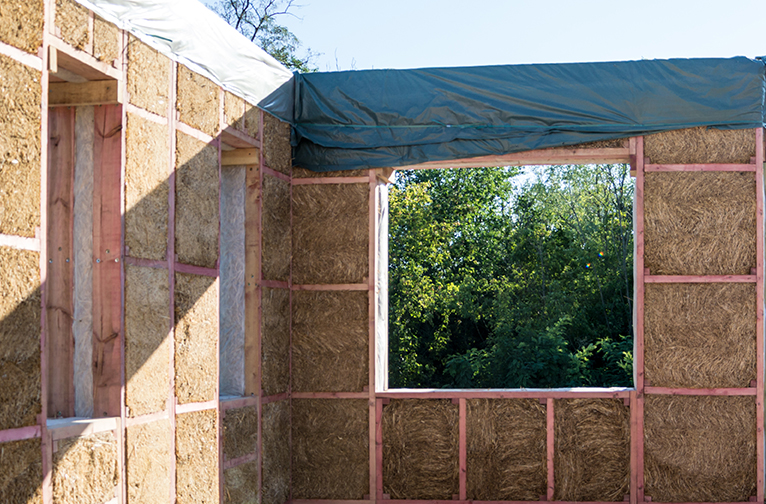
Sometimes the money-saving side of sustainable building materials is a no-brainer — when they are cheaper than traditional options and can save you money in the long run. As a tradesperson, you’re going to be looking at both scenarios.
To get you started, we’ve put together a guide to a few of the cheapest options. Taking the sustainable route is easier than you think and more rewarding too.
Here’s a quick rundown on a few sustainable building materials that you should be using and how they save you money:
1. Straw bales — cheaper and smarter
Straw bales sound like something you’d see in a farmyard, but these days, you can also find them in urban areas where they’re in use as building material or insulation. The bales are usually made of rice, rye, oats, or wheat straw — leftovers from agriculture that have no nutritional value.
Manufacturing straw bales is easier and quicker than acquiring timber from trees. Using straw also saves money when it comes to transport, as they are far lighter than materials like concrete and steel.
2. Recycled plastic
Using cement made of recycled plastic is much cheaper than older options. Plastic is one of the biggest pollutants, so repurposing it is a great way to protect the environment.
3. Mass timber/engineered timber — faster and more efficient
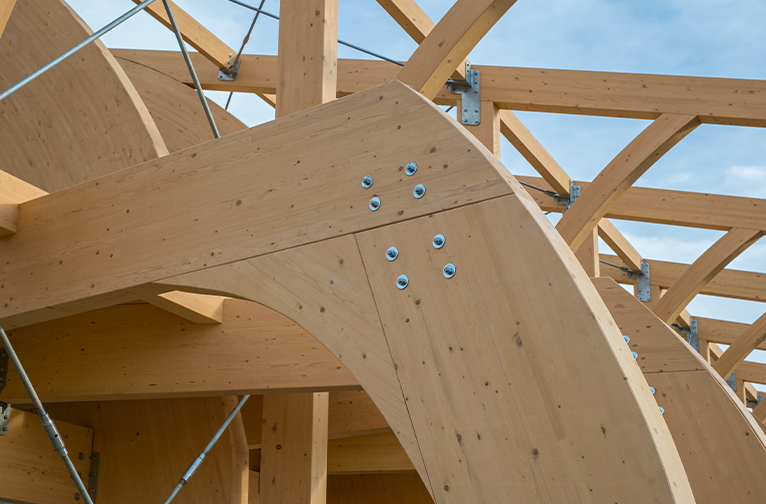
Cross-laminated timber (CLT) and Glue-laminated timber (glulam) are two sustainable materials that are starting to replace normal wool, steel, and concrete — to the great relief of the environment. This timber consists of many smaller pieces of wood glued together and produces far less waste than steel and concrete.
Using mass timber can save you a lot of money and time: glulam can save up to 25% of building costs.
4. Reclaimed wood
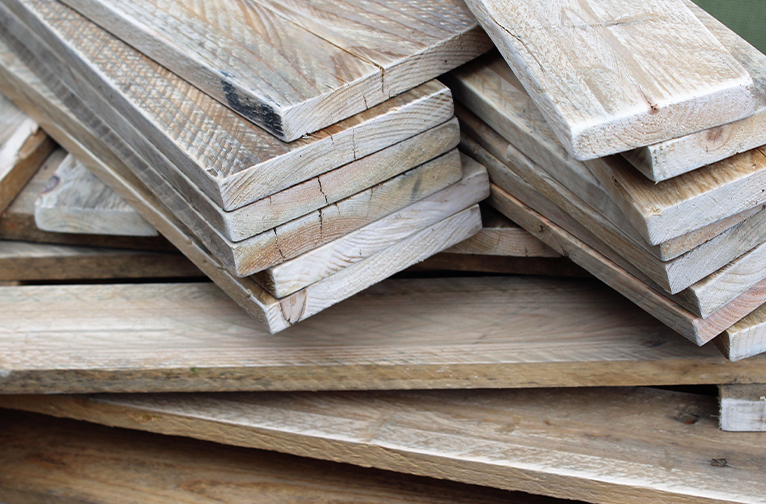
Using reclaimed wood in construction and renovation is an excellent way of saving money while helping the environment. Landfills end up with an overflow of discarded wood, while on the other end of the production line, millions of trees get chopped down every day.
You can take or buy reclaimed wood from salvage yards and other companies that waste their extra wood. Using wood that would otherwise get thrown out is an obvious way to save money.
5. Bamboo
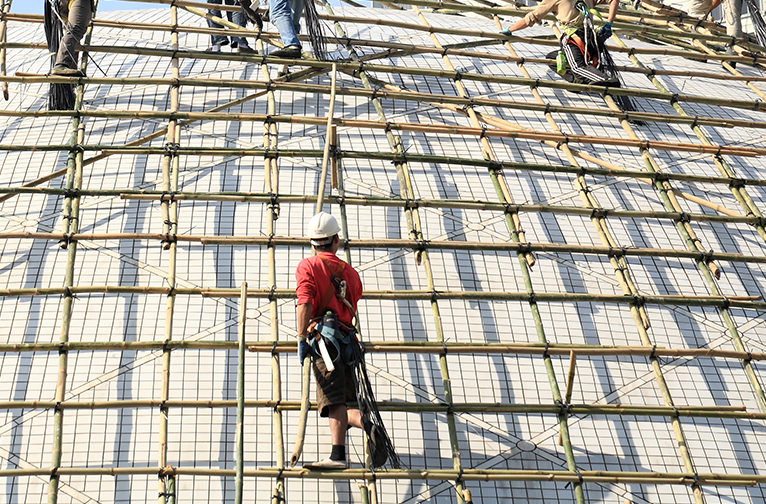
Bamboo has become a popular material over the past few years, for everything from chopping boards to furniture. It’s also used as a material for building sustainable houses, scaffolding, and even constructing roads. It’s an affordable choice, as well as being durable and easy to work with. Bamboo grows extremely fast, so there is more than enough to go round.
Using sustainable materials saves overall costs
There are many, many more examples of specific materials that save money in building and renovating. But going green in general is cheaper. Many industries are moving towards more environmentally friendly methods and clients and the tradespeople they employ can enjoy the money-saving benefits. Using sustainable materials often leads to saving cash in the long run by spending less on energy and water.

These days, there are even financial incentives that make green methods a real win. Some governments are already offering tax credits and rebates to companies who work with sustainable materials. This includes the materials we mentioned, as well as other green options like solar panels.
A lot of the time you can source sustainable materials like bamboo and reclaimed wood locally, which cuts down hugely on transport costs. Plus, this benefits the local economy rather than giant businesses that contribute to carbon emissions.
One of the best things about sustainable materials is the fact that they aren’t finite resources. When there is a limited amount of something available — coal and oil for energy production, for example — the cost rises.
Many sustainable materials, like straw bales and recycled plastic products, will be relatively easy to keep going indefinitely, which means they’ll be much cheaper in the long run.
The takeaway
Using sustainable materials is something we should all do in every sphere of our lives, whether we’re sipping on a cool drink, buying a new mattress, or building a house. These days there are more sustainable options for everything, from reusable straws to plant-based memory foam and reclaimed wood.
Big firms are the biggest offenders in climate change. But every time a tradesperson or customer opts for environmentally friendly alternatives, everyone feels the benefit. In time, big firms will feel the pressure and make the switch too.
Saving the planet and saving money. What’s not to like?




